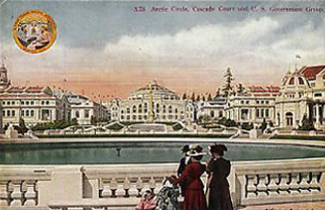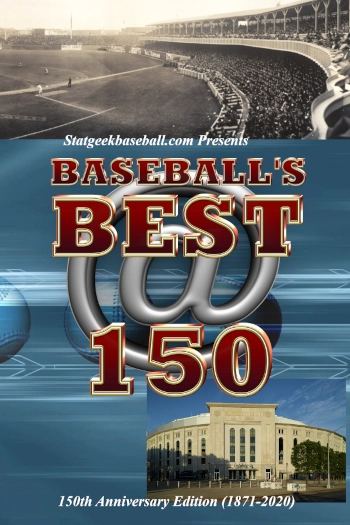Quick List Info

Dates Open - June 1 to Oct. 16, 1909. Open 138 days, including all Sundays.
Attendance - 2,765,683 paid,
974,868 free, 3,740,551 total. Total admission revenue was $1,092,366.34.
International Participants - 14 nations and colonies.
Total Cost - Total Expenses $2,245,272.52 (includes construction, expo period, post period). Profit and Loss ($ 668,078.71 for entire costs) Profit of $785,000 often seen only for expo period. Estimate of $10 million, including all participants.
Site Acreage - 250 acres on what is today the University of Washington campus.
Sanction and Type - Prior to the Bureau of International Exhibitions. Would be considered a Special Category, Registered event today like those on the 5 years of the decade. There was a Federal appropriation of $600,000 for the fair.
Ticket Cost - Admission for adults 50 cents, children between the ages of 5 and 12, 25 cents. Per capital admission at Seattle 1909 was $0.395, with per capita concessions at $0.15.

Photo top center: Panorama of the Alaska Yukon Pacific Exposition, Seattle 1909, 1909, A.J. Park. Courtesy Library of Congress/Wikipedia Commons. Column Top: Official postcard of the A.Y.P.E. of the Manufactures Building, 1909, AYPE. Courtesy Pinterest. Column Bottom: An eskimo family posing in front of a fake igloo at the Seattle 1909 fair, 1909. Courtesy Library of Congress.

Other Histories of World's Fairs to Check Out










